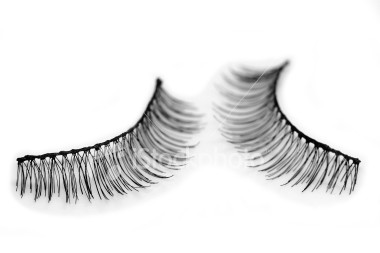FWP:
SETS == REPETITION
JAUHAR: {5,4}
MIRROR: {8,3}
For background see S. R. Faruqi's choices. For more on Ghalib's unpublished verses, see the discussion in {4,8x}.
If we read as literally as possible, the polish-lines on the metal mirror seem to be cryptic messages scratched (?) on it by the ends of the beloved's eyelashes. This is a wonderfully clever and enjoyable conceit in itself. Are the beloved's eyelashes as abrasive as strands of steel wool, so that they can scratch metal? Or does the mirror, under the beloved's gaze, melt into something as soft as a film of butter, something that will yield to a touch?
And of course, for any such engraving to happen, the beloved's eyelashes have to physically touch the mirror (for if we assume that they act at a distance in some vague general sense, we lose the delightful specificity of the 'ends' of the eyelashes as pen-like writers of messages on a surface). This means that the beloved has to literally press her face up against the mirror, as tightly as a lover's embrace. It's not impossible that she would do this: both {42,5} and {42,7x} emphasize the friendship or love or intimacy (see the definition of aashnaa above) between the beloved and her mirror.
Alternatively, in view of this friendship, the polish-lines could perhaps be messages from the mirror that are being sent to the beloved's eyelash-tips. (That is, if we push the i.zaafat hard enough.) This situation is easier to visualize, but not so irresistibly perverse.
The second line proposes a general truth: a friend understands the shared sign-language vocabulary of a friend. Presumably in this case one friend is the beloved, and the other is the mirror. She and the mirror are so intimate that they communicate by all sorts of small subtle hints and signs. Of course, it seems to be a one-sided communication: the mirror receives the message in the form of polish-lines, but there's no hint that it ever can, or would dare to, talk back. But then, isn't that how most communication takes place, in the beloved's world? She speaks, and others receive her words in awed silence (as in the 'mirror-like' amazement recommended in {116,8}).
For another creative use-- or rather, two creative uses-- of the eyelash-tips, compare {23,1}.
On samajhnaa as 'to consider', see {90,3}.

Asi:
The polish-lines of the mirror are nothing-- these are the signs of the tips of my beloved's eyelashes. The gestures/signs of a friend, only a friend well understands. She is a friend of the mirror; thus the gestures/signs of her eyelashes, her friend well understands.
== Asi, p. 68